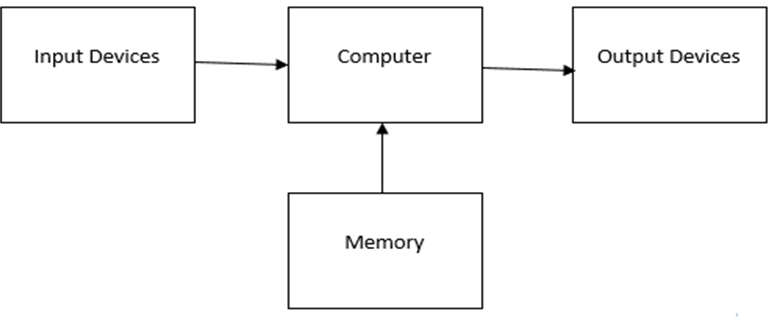- It is defined as a combination of hardware and software and an operating system is software that is used for programming.
- The operating system is used to convert hardware language into software language.
- In the end, the output is a display where the human can understand the output in the form of image, sound, and text.
Block Diagram of Embedded Operating System

- Input Devices: The input device is used to send the data from the user to the system. The device is used in input like keyboard, mouse, etc.
- Output Devices:The output device used to show the output in LCD, monitor, LED, etc.
- Memory: The memory is used in the above-shown block diagram to store the data and the memory device is used like an SD card, flash memory, etc.
How does an Embedded OS Work?
- An embedded OS gives a device the ability to function within a larger system. To carry out a given task, it interacts with the embedded system’s hardware. A microprocessor or microcontroller, for instance, may be integrated into an elevator so that it can recognize which buttons a passenger is hitting. The embedded OS is the program that runs on that system’s embedded hardware.
- An embedded OS has fewer features than an OS for a general-purpose computer. The system could only be able to run one embedded application, depending on the device in question. That application, though, is probably essential to the device’s functionality. Because of this, an embedded OS needs to be dependable and able to function under memory and processing power limitations.
- In the case of a Raspberry PI system on a chip, an SD card acts as the device’s hard drive and contains the code that runs on the device. The SD card is removable, so its contents can be modified on demand. Various operating systems can run on Raspberry PI devices. The embedded OS makes the device’s hardware — such as USB and HDMI ports — accessible to the application running on top of the OS.
Applications of Embedded Operating System
- The embedded operating system is used in mobile, washing machines, TV, microwave, computer, laptop, satellites, ATMs, vehicles, and dishwashers.
